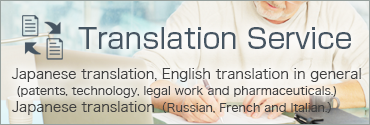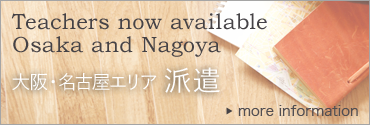May Guide Sign
At this time of a year, many companies in Japan begin announcing their financial results
for the fiscal year that end.in March.
Recently 100-yen shops get attention for their increasing their business performance.
Combined sales at top four operators are projected to grow
by over 20% to an estimated 660 billion yen ($5.85 billion) last fiscal year of 2016 compared with five years ago.
Their history goes back to street venders dealing with 100-yen items in the 1970s.
The first directly-managed 100-yen shop in Japan opened in 1991
and now the total outlets number of major three 100-yen shop chains is now roughly more than 6,000 nationwide.
At present 100-yen stops are the fourth-largest retail category in Japan,
ranking behind only department stores which are long-established.
¥100 shops have captured customers nationwide offering a wide range of surprisingly high quality items
for 100 yen –almost everything from household basics to cosmetics.
Products are their own store branded goods, and usually manufactured in developing countries,
but some even made in Japan.
The concept is not unique to Japan, but the Japanese character might favor it.
The Japanese like new things. To increase repeat customers, they have continued to evolve and taken on new challenges.
The Japanese 100-yen shop is now a perfect place for people who are not just frugal in a shrinking economy,
but searching for something to add a touch of style to their daily life.
Seeing is believing. Visit a shop ,and you’ll find your fixed ideas of what can be got for \100 be broken.
Do you prefer having lessons at your own place at your own convenience?
NIC can dispatch Japanese teachers.
Do you prefer having lessons at your own place at your own convenience?
NIC can dispatch Japanese teachers.





 Contact us
Contact us 03-3454-5002
03-3454-5002 Application Form
Application Form



